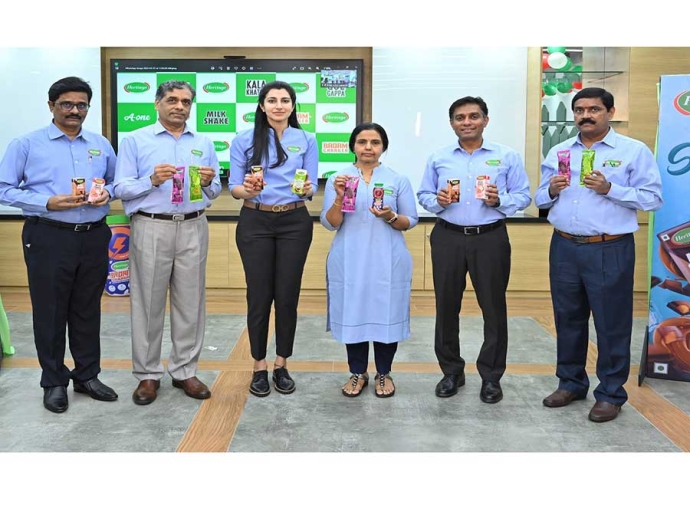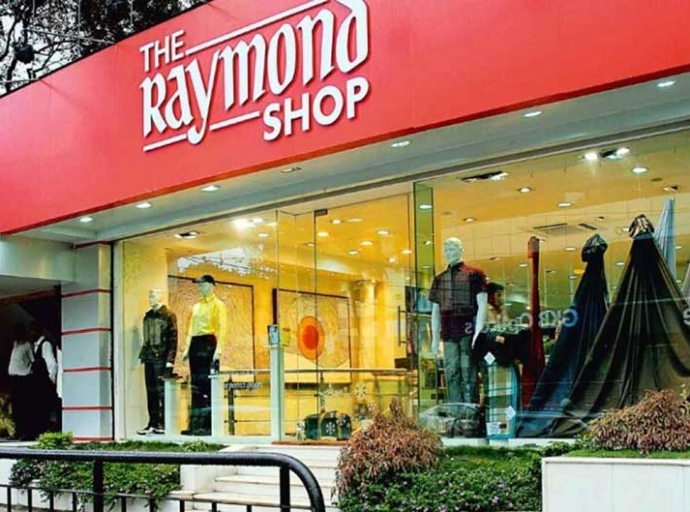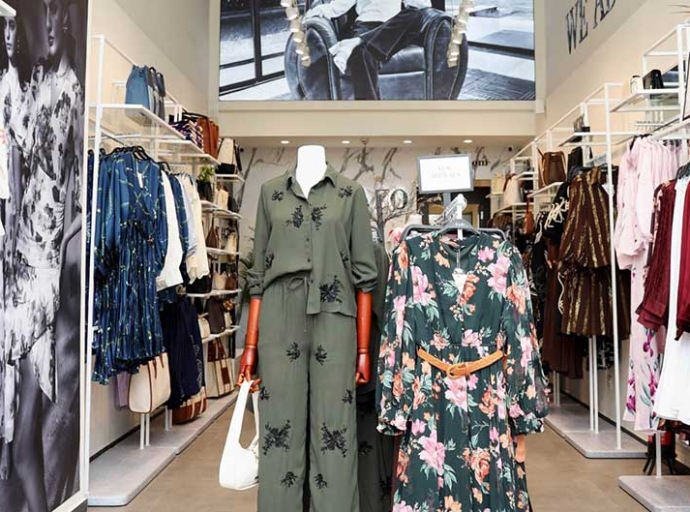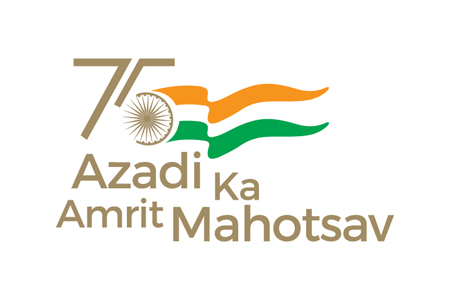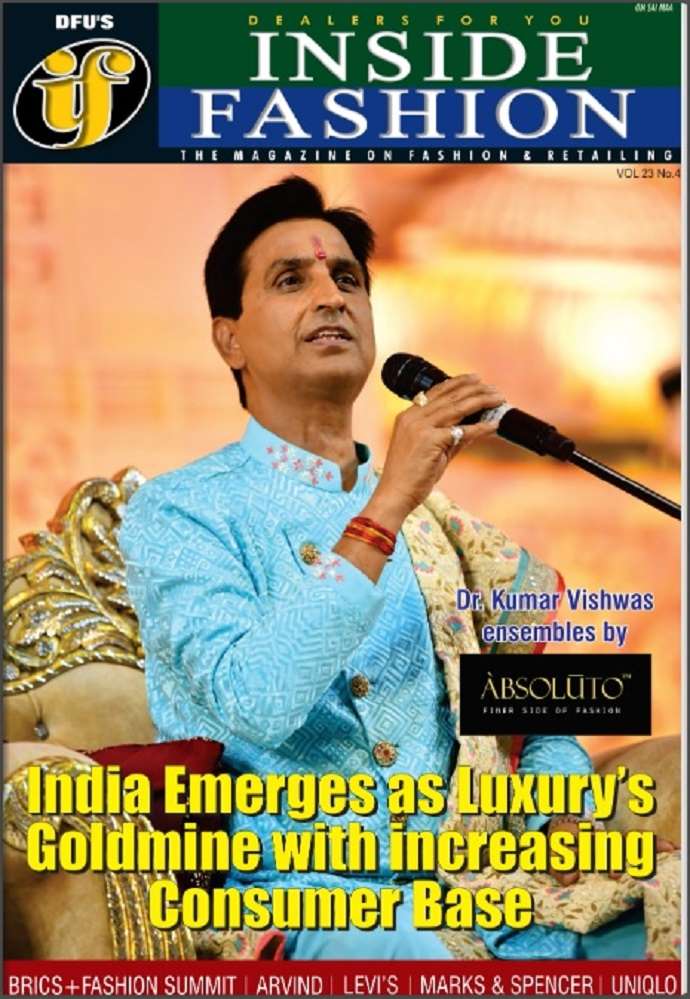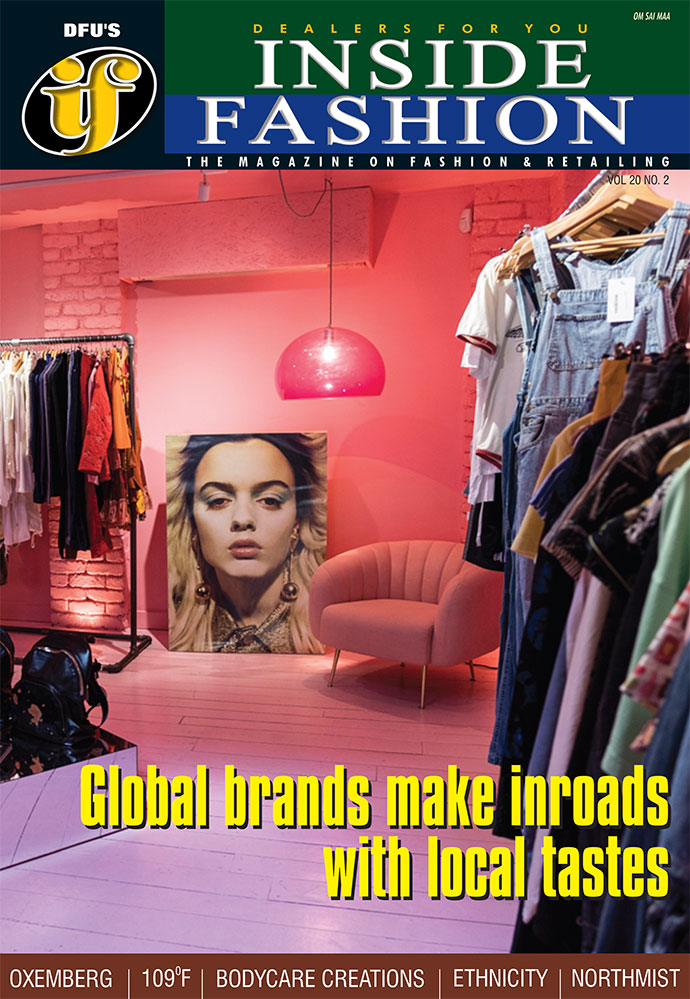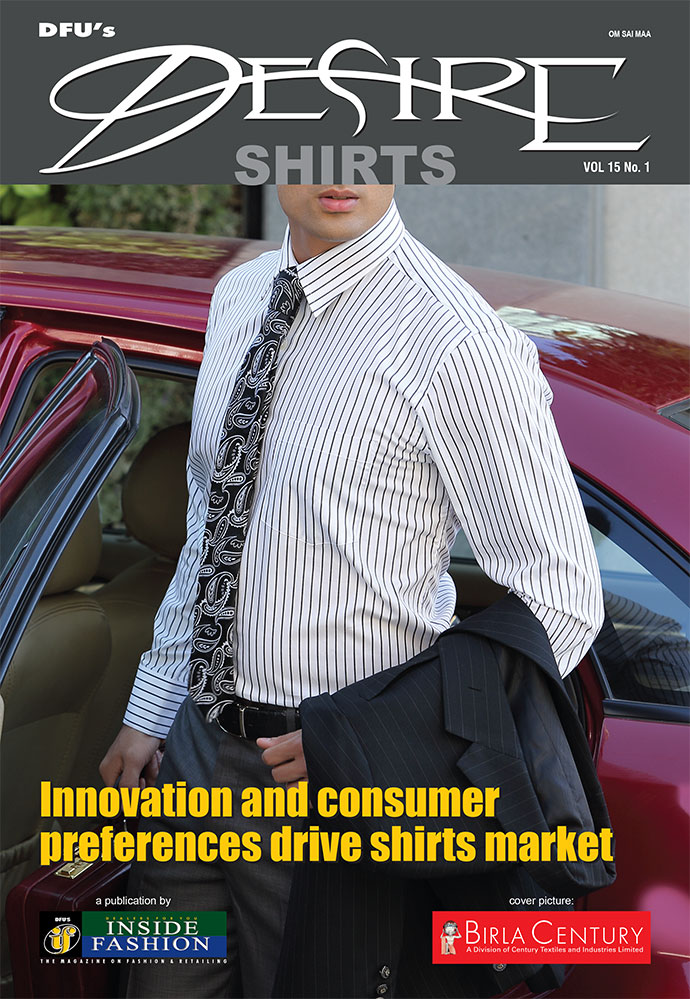India’s Quick-Commerce Sprint: Urban boom, rural drag, and fashion’s fast lane
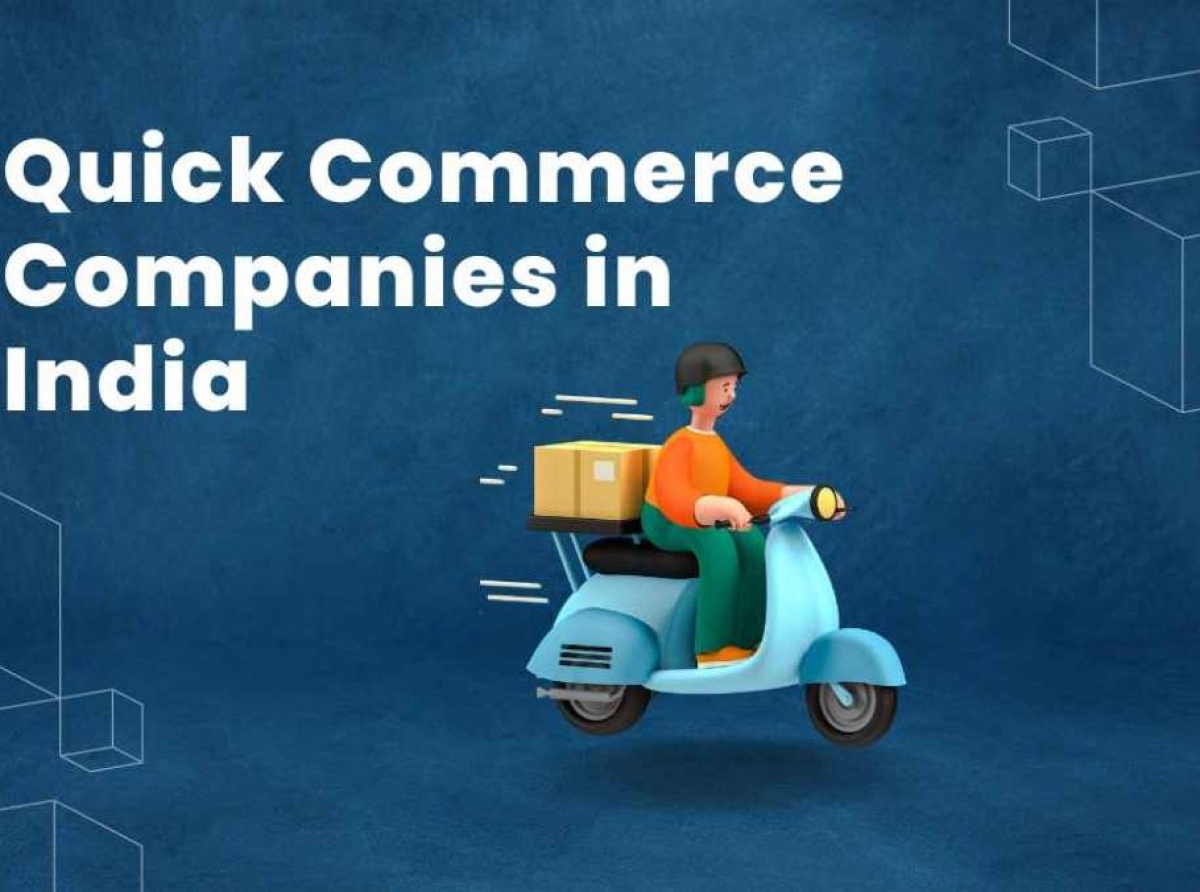
11 July, Mumbai 2025
India’s quick-commerce sector is in the throes of a major rise, growing almost 150 per cent year-on-year in the first five months of 2025. The urban appetite for instant gratification, bolstered by the relentless spread of “dark stores,” has catapulted quick-commerce (q-commerce) into a central pillar of urban retail.
Yet, as metros race ahead, non-metros remain stuck at the starting line—grappling with demand friction, digital distrust, and deeply embedded local retail ecosystems. This stark contrast, as revealed in the latest insights from research firm Redseer, underscores a tale of two India’s: one sprinting towards ultra-fast convenience, the other cautiously inching forward.
Metros dominate while non-metros stall
Quick-commerce players like Blinkit, Zepto, and Instamart are expanding aggressively across more than 100 Indian cities, but the non-metros contribute just over 20 per cent to the sector’s Gross Merchandise Value (GMV). This is particularly striking given these cities’ dominance in the broader retail market, contributing 60–70 per cent of the total GMV across the top 100 cities.
“There is a massive disparity in order volumes,” explains a Redseer analyst. “Beyond the top 15 cities, daily orders per dark store dip below 1,000, and in the next 20, often fall under 700, barely enough to sustain operations.”
Why the divide?
Several deeply-rooted structural and behavioral factors are throttling growth outside urban India:
• Digital apathy and low trust: Many non-metro consumers remain wary of online transactions, favoring traditional buying methods.
• Kirana loyalty: The corner kirana still rules—offering informal credit, instant delivery, and familiarity that quick-commerce apps can’t yet match.
• Population spread: Sparse residential densities in smaller towns hinder efficient delivery operations, driving up costs and reducing service viability.
• Standardization vs local nuance: Platform offerings often fail to align with local product preferences, eroding their perceived value.
Moreover, the cost of scaling in these regions is daunting. With lower volumes, delivery radii must be expanded, pushing up operational costs and increasing the break-even point by 1.5 to 2 times compared to metros.
Silver linings in smaller towns
Despite the headwinds, some non-metro cities are showing promise. Education hubs like Prayagraj and Varanasi, and affluent cities like Chandigarh, are emerging as early success stories. According to Redseer, these cities demonstrate higher digital maturity and greater willingness to experiment with online platforms.
This is encouraging for a market with immense headroom. Global consultancy Kearney projects India’s quick-commerce grocery market will triple between 2024 and 2027, reaching Rs 1.5–1.7 lakh crore. Redseer forecasts a 40–45 per cent CAGR in GMV over the next three years, with the market potentially hitting $6 billion by FY2025.
“The next leap requires hyper-local strategies and a fundamental rethink of the dark-store model for less dense geographies,” notes the Redseer report.
Table: Sector snapshot
|
Metric |
Value |
|
Quick Commerce YoY Growth (Jan–May 2025) |
150% |
|
Non-Metro GMV Contribution |
Just over 20% |
|
Non-Metro Share in Overall Retail (Top 100 Cities) |
60–70% |
|
Projected Grocery Q-Commerce Market (2027) |
Rs 1.5–1.7 lakh crore |
|
Quick-Commerce GMV Forecast (FY2025) |
$6 billion |
|
Online Fashion Market CAGR |
32% (historical) |
|
Projected Fashion Market Size (2030) |
$200 billion |
|
Gen Z Share in Online Fashion Spending |
20–25% |
|
Premium Consumer CAGR (Fashion) |
25%+ |
Fashion takes the fast lane
While groceries remain the heart of q-commerce, fashion and lifestyle are fast becoming the soul. By the end of 2025, 20–30 per cent of q-commerce orders are expected to originate from non-grocery categories such as apparel, electronics, healthcare, and beauty. This diversification is not just a growth strategy—it’s a necessity to capture broader consumer spending.
India’s $93 billion fashion market, already growing at a 10–12 per cent CAGR, is on track to hit $200 billion by 2030. And the online segment, with a past 32 per cent CAGR, is leading the charge.
With Gen Z contributing to 20–25 per cent of online fashion purchases and the affluent “India A” segment driving premiumization at 25 per cent+ CAGR, the demand for fast fashion, accessories, and beauty products is booming.
In fact, Redseer’s ‘India Festive E-commerce Market 2024’ report recorded a threefold rise in fashion sales—especially ethnic wear and accessories—in Tier II cities during the last festive season. This suggests growing comfort with online platforms for even traditionally offline purchases.
“Quick commerce’s appeal is no longer limited to pantry staples,” says a senior manager at a leading q-commerce brand. “We’re seeing real momentum in fashion, especially for impulse buys—be it partywear, last-minute gifts, or seasonal accessories.”
A dual-speed future
India’s quick-commerce story is a tale of dual trajectories—booming metros versus hesitant non-metros. While the top 50 cities are driving current growth, tapping into the vast hinterland will require patience, innovation, and adaptation.
For now, the quick-commerce boom will remain urban-centric, but the path ahead hinges on platform localization, personalized offerings, and possibly even hybrid models that merge digital convenience with the trust of kirana stores.
The inclusion of fashion, lifestyle, and non-grocery verticals could serve as the sector’s next growth flywheel—turning quick commerce from a 10-minute convenience into a comprehensive consumer habit.
The moot point is that India’s quick-commerce is moving at fast forward speed in metros. But to become a truly nationwide phenomenon, it must master the complexity of smaller markets and capitalize on cross-category momentum—particularly fashion and lifestyle. The race is on, and the next lap may be as much about cultural relevance as it is about delivery speed.
Latest Publications



